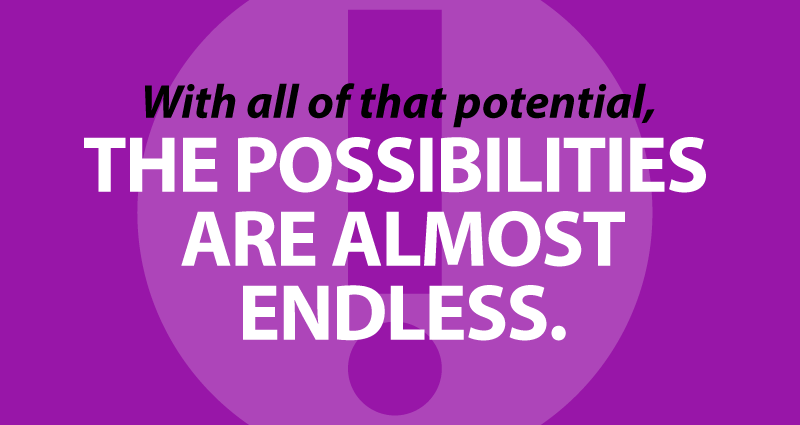
Maybe you just need to reboot your CU?
A credit union is kind of like a computer. Multiple components interfacing with processes that all have to work together to get anything done.
Competing demands for limited resources that are trying to do too many things at once. Lots and lots of data to process, that everyone wants immediately, if not sooner.
With all of that constant demand, it’s no wonder components start to slow down and not work as well as they once did.
Have you tried rebooting?
Anyone that has dealt with computers understands that sometimes all it needs is a reset to allow the software to power the machine to its fullest potential.
But for credit unions, a reboot should focus on more than just hardware and software.
A true reboot should go back to your roots – your members – and focus on the components that connect them to your credit union.
Your website is the place to focus first.
As the most visible and most viewed “face” of the credit union, the website sets the tone for every decision your members make.
How it looks and feels. How easy it is to find information. What it says about how your CU treats their members. Your mission and priorities.
A great website can attract new members looking for something better, and reassure existing members that they made the right choice in joining.
However, if your website looks like it hasn’t been updated in twenty years, then you’ll look out of date. When information is hard to find, you are difficult to work with. And if your imagery is generic, then your CU may be as well.
Put effort into your website first, and you may be surprised just how much it affects everything else.
Plus you’ll get to Kondo your inner Marie.
Over the years, your website likely has become the central repository of almost everything.
Unfortunately, it may look like the home of a hoarder as a result. Dead links to old newsletters, outdated policy docs and forms, product info that is no longer accurate. No wonder so many people have avoided touching it.
The process of organizing your website becomes a great way to simplify and clear out the cruft.
So channel your inner Marie Kondo, decide what “sparks joy” and find a place for it on your new site. Assuming you want to stay in character, you can then turn to what is left over, thank it for its service, and “let it go.”
Branding disconnects will become obvious.
To be effective, websites need to feel authentic, unique, and make an emotional connection – just like your brand. And because the content of a website needs to be condensed, it often becomes the purest expression of that brand.
As you tidy things up, you’ll start to notice whether your branding still fits.
Does it tell the story of who you are, what you have to offer, and where you are going? Would it attract new members that are looking for a good fit with their lifestyle and beliefs?
If your current branding still works, keep moving ahead with your reboot.
But if you see a disconnect, hit pause on the web redesign and work on branding before you go any further.
You get a command center for the rest of your marketing.
Websites make you look good, especially when it adapts to the viewer no matter what screen size or accessibility needs. But a pretty face and a few party tricks aren’t enough.
Your website needs to become the command center for all of your marketing.
Landing pages and microsites for promotions and email campaigns. Photo albums from local events that can be shared on social media. Local content and advice that members can relate to, and boosts SEO.
Enhanced analytics that tell you where visitors come from and how they move through your site. Surveys, voice search and chatbots that interact with visitors and give you feedback as to what they think.
Automatic personalization that learns what visitors want. CRMs that put you in charge of digital marketing and won’t put you in the poorhouse.
With all of that potential, the possibilities are almost endless.
- Why your CU really needs an intranet - February 19, 2025
- Are you scared yet? - October 22, 2024
- OMG! Who really IS our competition?!? - September 24, 2024
